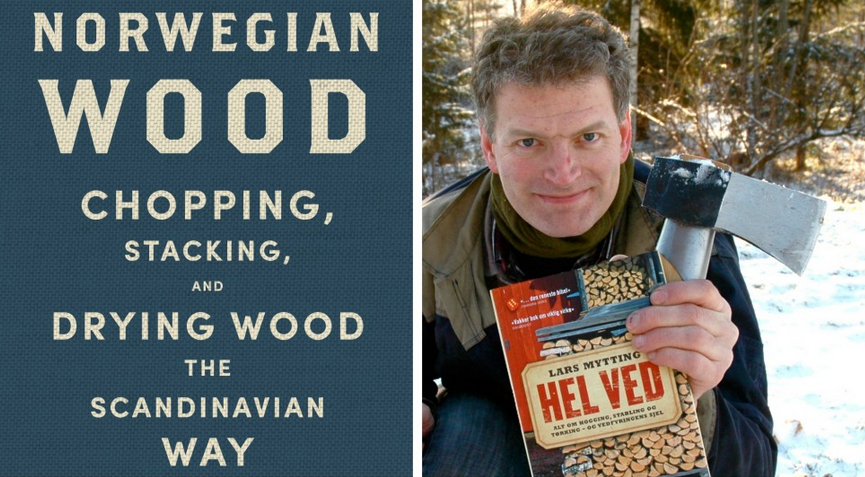Is this a trend, a counter-trend or a fad?
It’s not a trend to my mind – not large enough in scale or fast enough in velocity. It could be a classic counter-trend. The bigger a macro-trend the greater the chance that a micro-trend will emerge as a balancing force in my experience (e.g. globalisation drives localisation, fast food drives slow food, digitalisation drives craft). I think this is a fad driven by a certain demographic (nostalgic), but also a kind of reverse /ironic status.
In the case of phones though, there’s also a real need. The low-cost dumbphone was originally designed to appeal to poor users in Asia and especially Africa. They now appeal to people seeking a cheap phone that won’t get stolen, won’t break if dropped, won’t act as a tracking device and won’t run out of battery life in an emergency.
The Nokia 3310, for example, isn’t the future of phones, far from it, but it is part of a longing for simplicity. It’s one species within a complex ecosystem of technical diversity.





